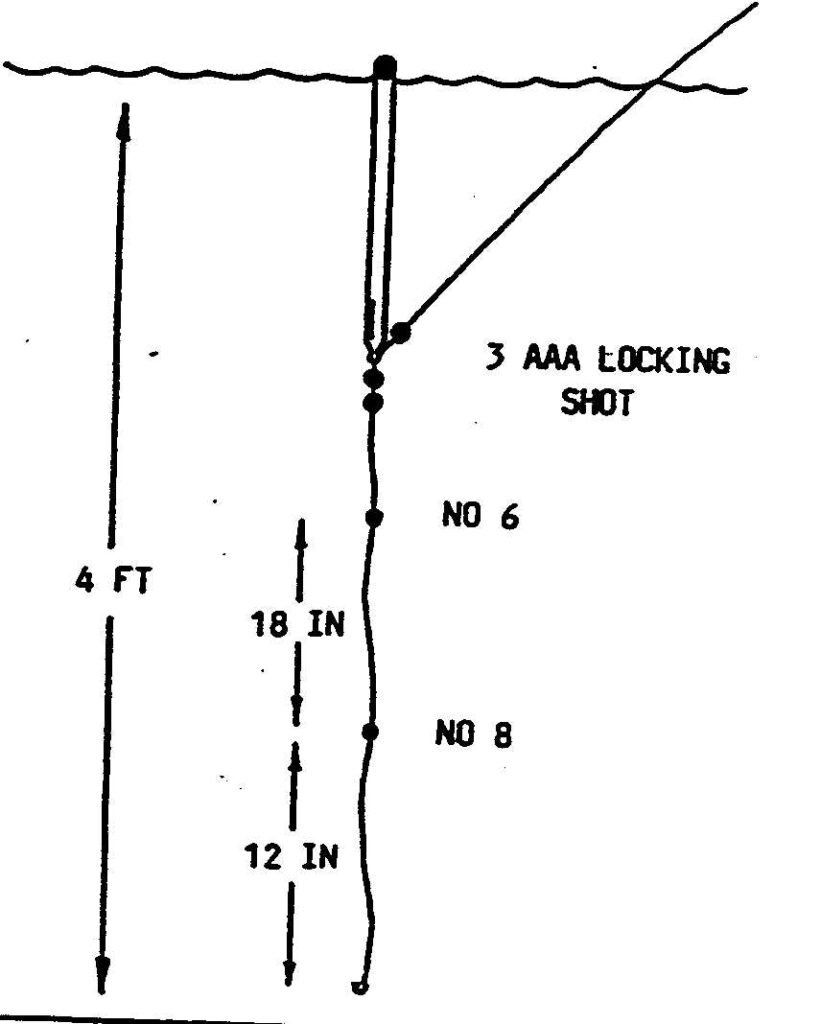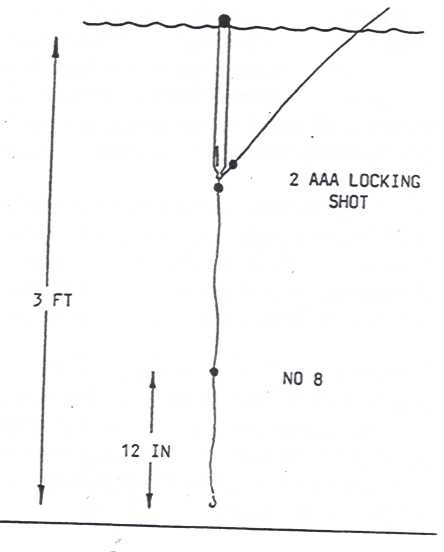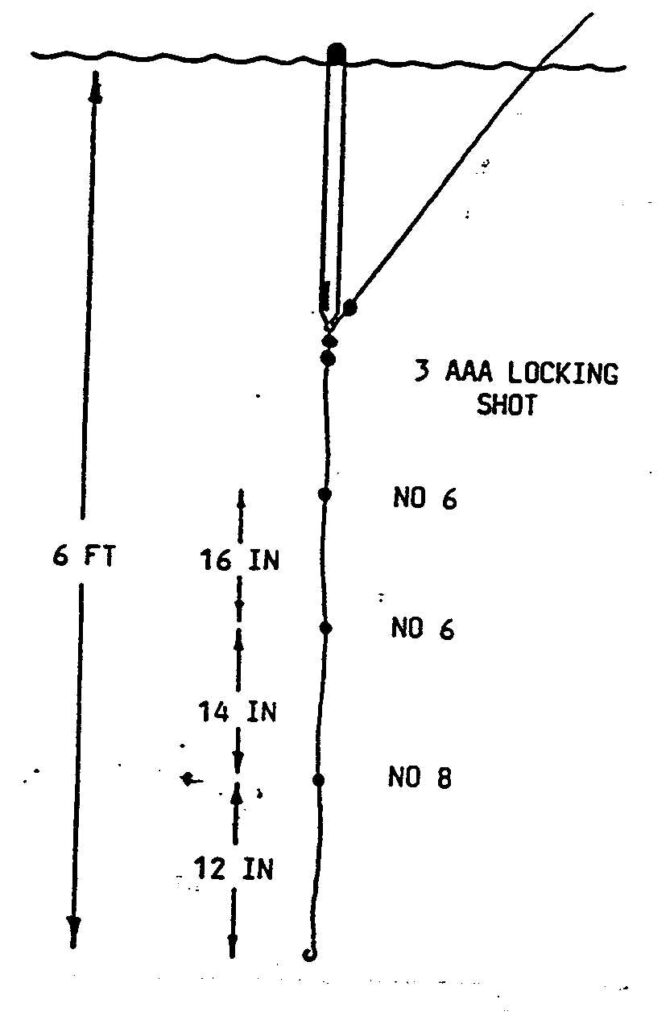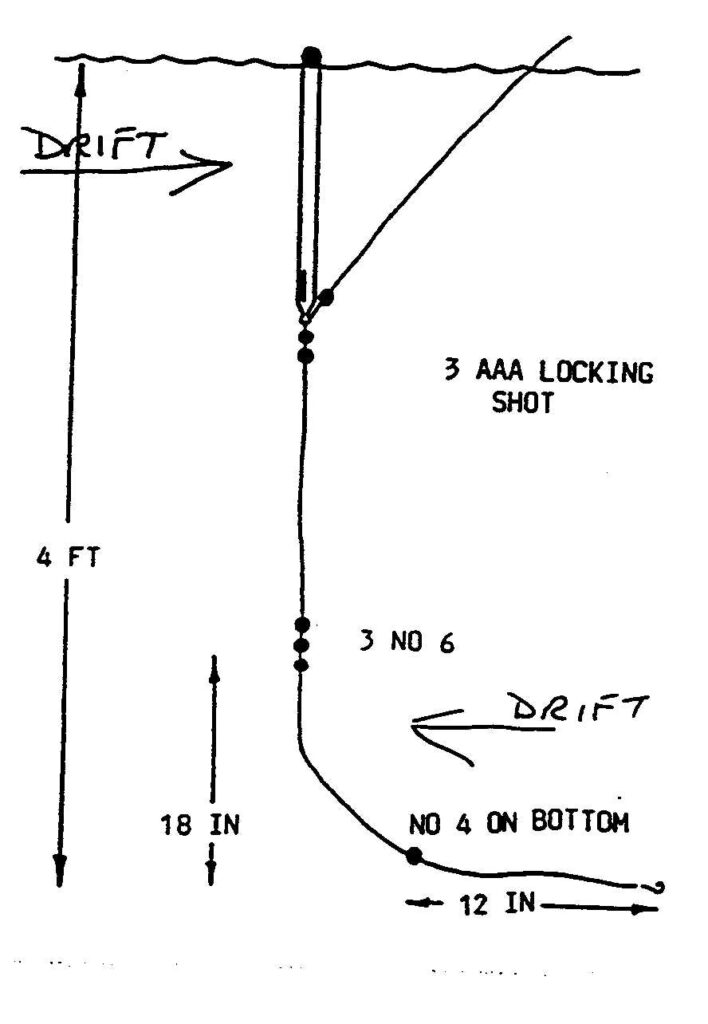THE PEACOCK STRAIGHT WAGGLER

🪶 Peacock Waggler Float
The Peacock Waggler is one of the most versatile and enduring floats in coarse fishing. Crafted from the feather quill of the peacock bird, this float has been a favourite of match anglers for generations — thanks to its natural buoyancy, strength, and long casting capability.
🏛️ A Brief History
Peacock quill originates from India, and was first imported to the UK shortly after the Second World War.
Before the rise of modern plastic wagglers, peacock quill was the go-to material for top anglers.
Each quill comes in lengths of up to 30 inches, which can be cut to various sizes depending on the float’s intended use.
-
Outer layer: hard white shell
-
Core: soft pith for excellent buoyancy
-
Finish: sanded smooth and straightened (if bent) over steam
The tip is typically painted with a white base coat and then finished with fluorescent orange or yellow for visibility, although black or white tips can be used to suit different light and background conditions.
🧪 Design and Versatility
-
Material: Natural peacock quill
-
Buoyant, lightweight, and durable
-
Easily cut and shaped to match fishing conditions
-
Finished with varnish or modern plastic coating
The straight peacock waggler can be used on both stillwaters (canals, lakes, ponds, reservoirs) and running waters (rivers, streams, moving canals).
The slightly thicker tip gives the float several advantages:
-
🟡 Excellent visibility at range
-
🌊 Ideal for dragging bait along the bottom, slowing the presentation
-
⚖️ Stable performance in wind or surface drift
🎣 Fishing Techniques
On Rivers
-
Fish the float over depth, slightly undershotted, with a string of shots down the line so the bait “trips” the bottom.
-
Balance is crucial: the float should dip and pull in a steady rhythm, not dive under.
-
A small thick waggler is perfect for shallow water targeting chub and dace — just use a few small dust shots.
-
Cast downstream for better control and less line bow.
📝 Tip: When casting under overhanging trees, don’t feather the line. Let the shot follow the cast naturally to avoid tangles.
On Stillwaters
-
Anchor the float with one No. 4 shot to counteract opposing wind drift and undertow.
-
In deeper swims, use a bulk shot halfway down and a few droppers below to sink the bait quickly and stabilize the float.
-
This method is excellent for maintaining presentation during tricky surface conditions.
🕊️ Camouflage and Colour
One of the oldest and most effective tricks is to paint the float white, allowing it to blend in with the sky above.
This reduces the chance of spooking fish looking up from below.
Natural leaf green is another effective camouflage colour, imitating floating vegetation.
🎯 Note: In nature, both many birds of prey and fish have pale undersides to avoid detection from below. Applying the same principle to wagglers can give you an edge on clear waters.
✅ In summary:
-
Classic peacock quill design — lightweight, buoyant, highly visible
-
Equally effective on rivers and stillwaters
-
Excellent for dragging bait and controlling presentation
-
Perfect for casting under cover
-
Camouflage options for shy fish and clear water
Some Illustrations from the book
SOME SIMPLE BASIC SHOTTING METHODS




Would you like the complete contents in one blueprint? Then Purchase The Complete Float Fishing Manual NOW CLICK ON BOOK

📘 Download the Complete Float Manual – Instant Access
Bring decades of float-fishing knowledge straight to your screen.
Written by World Champion Clive Branson, The Complete Float Manual is a 167+ page eBook packed with practical techniques, classic float designs, diagrams, and championship-winning methods.
✅ Learn how to use wagglers, stick floats, pole floats and more
✅ Discover the history and evolution of float fishing
✅ Get pro tips and tactics used at the highest level
✅ Ideal for beginners and experienced match anglers alike
💻 Instant Download (PDF) — no waiting, no shipping
💳 Secure checkout with PayPal
👉 Order now and start reading within minutes.